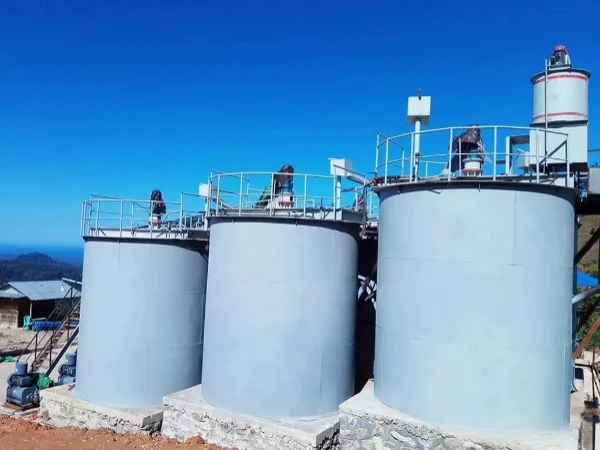
1. Introduction
The carbon - in - pulp (CIP) process is widely employed in the gold mining industry due to its high efficiency in extracting gold from ores. Sodium cyanide serves as a critical reagent in this process, as it forms soluble complexes with gold, thereby facilitating the extraction. Nevertheless, sodium cyanide is highly toxic, and its consumption not only poses significant environmental risks but also exerts a substantial impact on the operational costs of mining enterprises. Consequently, reducing the consumption of sodium cyanide in the CIP process is of utmost importance from both environmental and economic perspectives.
2. Mechanism of Sodium Cyanide Consumption in CIP Process
2.1 Gold Dissolution Reaction
The primary function of sodium cyanide in the CIP process is to dissolve gold. It supplies cyanide ions that, in the presence of oxygen and water, react with gold. As a result, a stable gold - cyanide complex is formed, enabling the gold to dissolve in the solution. The quantity of sodium cyanide consumed in this reaction is directly proportional to the amount of gold to be extracted.
2.2 Reactions with Ore Impurities
Ores commonly contain various impurities, including copper, zinc, iron, and sulfides. These substances can react with sodium cyanide, leading to additional consumption. For example, copper forms complexes with cyanide ions. Ores with a high copper content can consume a large amount of sodium cyanide, reducing the available cyanide for gold dissolution. Sulfide minerals also react with sodium cyanide when oxygen is present, consuming the reagent and generating by - products that may affect subsequent ore processing.
3. Factors Affecting Sodium Cyanide Consumption
3.1 Ore Characteristics
Mineral Composition: Ores with complex mineral compositions, especially those rich in cyanide - consuming impurities like copper, zinc, and sulfides, will result in higher sodium cyanide consumption. For instance, an ore with 1% copper content can consume a considerable amount of sodium cyanide during the leaching process.
Gold Particle Size and Distribution: Finely dispersed gold particles are more readily accessible to sodium cyanide, promoting the dissolution reaction. However, if gold is encapsulated within other minerals, more sodium cyanide may be required to release and dissolve it. Coarse - grained gold typically demands longer leaching times and more sodium cyanide for complete dissolution.
3.2 Process Conditions
Cyanide Concentration: Maintaining an appropriate cyanide concentration is crucial. A low concentration slows down the gold dissolution rate and may necessitate extended leaching times, which may not necessarily lead to long - term savings in sodium cyanide. On the contrary, a high concentration not only causes waste of the reagent but also increases environmental risks.
pH Value: The pH of the pulp has a significant influence on the stability of cyanide ions. In the CIP process, a slightly alkaline environment, usually with a pH ranging from 10 to 11. is maintained. Within this range, cyanide ions remain stable, and the gold - dissolution reaction proceeds smoothly. A lower pH causes cyanide ions to react with hydrogen ions, forming highly toxic hydrogen cyanide gas and resulting in sodium cyanide loss.
Aeration Rate: Adequate aeration is essential for the gold - dissolution reaction, as oxygen is a key reactant. However, excessive aeration can cause the oxidation of cyanide ions, leading to the consumption of sodium cyanide.
3.3 Equipment and Operation
Mixing and Agitation: Sufficient mixing and agitation in the leaching tank ensure the uniform distribution of sodium cyanide in the pulp and good contact between gold minerals and the reagent. Inadequate mixing can lead to local shortages of sodium cyanide, reducing leaching efficiency and potentially increasing overall consumption.
Leaching Time: Prolonged leaching time does not always result in a proportional increase in gold recovery. After a certain point, the gold dissolution rate slows down, and additional sodium cyanide may not effectively extract more gold.
4. Strategies for Reducing Sodium Cyanide Consumption
4.1 Ore Pretreatment
Physical Separation: Techniques such as gravity separation, flotation, or magnetic separation can be utilized to remove impurities from the ore prior to cyanidation. For example, flotation can effectively separate sulfide minerals from gold - bearing ores, reducing the amount of sulfides that react with sodium cyanide during the cyanidation process.
Roasting or Bio - oxidation: For refractory ores, roasting or bio - oxidation pretreatment can be applied. Roasting oxidizes sulfide minerals and exposes gold, making it more accessible to sodium cyanide. Bio - oxidation uses microorganisms to selectively oxidize sulfide minerals, significantly reducing sodium cyanide consumption in subsequent cyanidation.
4.2 Optimization of Process Conditions
Controlled Cyanide Addition: Instead of adding a large quantity of sodium cyanide at once, a continuous and controlled addition method can be adopted. Automated dosing systems can adjust the addition amount based on the real - time concentration of cyanide ions in the pulp.
Optimal pH Control: Precise control of the pulp's pH is essential. pH sensors can be installed in the leaching tank to monitor the pH in real - time, and automatic dosing systems can adjust the addition of alkaline agents to maintain the optimal pH range.
Adjustment of Aeration Rate: The aeration rate should be optimized according to the characteristics of the ore and the leaching conditions. Oxygen sensors can monitor the dissolved oxygen content in the pulp, and the aeration equipment can be adjusted accordingly to ensure sufficient oxygen for gold dissolution without excessive cyanide oxidation.
4.3 Use of Additives
Cyanide - reducing Agents: Certain additives can be added to the pulp to reduce sodium cyanide consumption. For example, lead salts can act as activators, selectively adsorbing on the surface of some impurities and reducing their reaction with sodium cyanide. Surfactants can also enhance the wetting and dispersion of gold minerals, improving the contact between gold and sodium cyanide and potentially reducing consumption.
Stabilizers: Cyanide stabilizers can prevent the decomposition of cyanide ions. These stabilizers react with substances that might cause the decomposition of cyanide ions, such as heavy metal ions or oxidizing substances, maintaining the stability of cyanide ions in the pulp and reducing sodium cyanide loss.
4.4 Recycling and Reuse
Recovery of Cyanide from Tailings: Technologies like ion - exchange resins or membrane separation can be employed to recover cyanide from tailings. The recovered cyanide can then be recycled and reused in the CIP process, reducing the requirement for fresh sodium cyanide addition.
Recycle of Process Liquids: Process liquids in the CIP process, such as the barren solution after gold adsorption, often contain a certain amount of cyanide. Recycling and reusing these liquids can reduce the overall consumption of sodium cyanide.
5. Case Studies
5.1 North Ya Cyanide Carbon - in - Pulp Plant
The North Ya Cyanide Carbon - in - Pulp Plant in Yunnan, China, faced the issue of high sodium cyanide consumption due to the high content of silver, copper, and other harmful impurities in its WXJ ore. After 110 days of experiments testing different sodium cyanide concentrations, adjusting the mass fraction in the No. 1 leaching tank to 0.025% increased the gold leaching rate compared to the original process. Cyanide consumption decreased by 0.317 kg/t, resulting in an annual direct economic benefit of 545.280 yuan.
5.2 A Gold Mine in Xinjiang
In a gold mine in Xinjiang, changing the addition point of sodium cyanide from the cyanidation leaching section to the grinding section shortened the leaching time, reduced the use of carbon - in - pulp tanks, and decreased sodium cyanide consumption. The gold leaching rate also increased, bringing about good economic benefits. This adjustment enabled the freshly exposed gold surfaces during grinding to react with sodium cyanide promptly and overcame obstacles to the reaction, such as oil - sludge in the ore.
6. Conclusion
Reducing sodium cyanide consumption in the carbon - in - pulp process is a complex yet essential task. By understanding the consumption mechanism and influencing factors, and by implementing strategies such as ore pretreatment, process condition optimization, use of additives, and recycling, mining enterprises can effectively reduce sodium cyanide usage. This not only mitigates environmental risks but also enhances the economic efficiency of enterprises. Future research should focus on developing more efficient and environmentally friendly alternatives to sodium cyanide and further optimizing the CIP process for more sustainable gold extraction.
- Random article
- Popular articles
- Popular comments
- Iron ore reverse flotation process
- Understanding the Gold Mine Flotation Process
- Carbon leaching beneficiation process for gold mines
- Arsenic Gold Ore Oxidation Roasting Pretreatment Process
- Scheelite Flotation Method
- Gravity combined beneficiation process for wolframite ore
- Floatability flotation process for lead-zinc ore



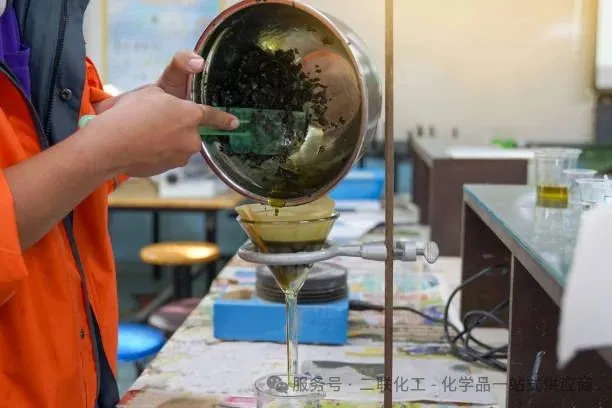


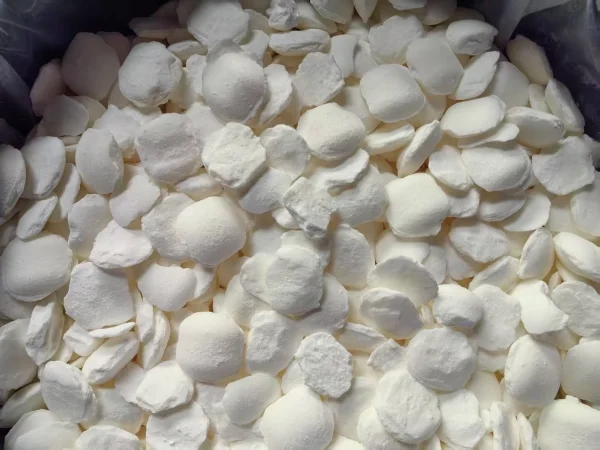
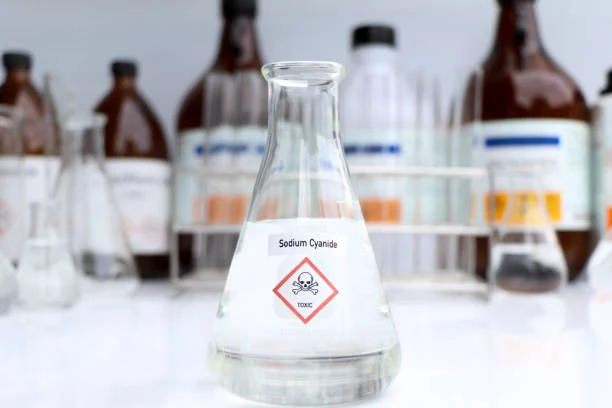

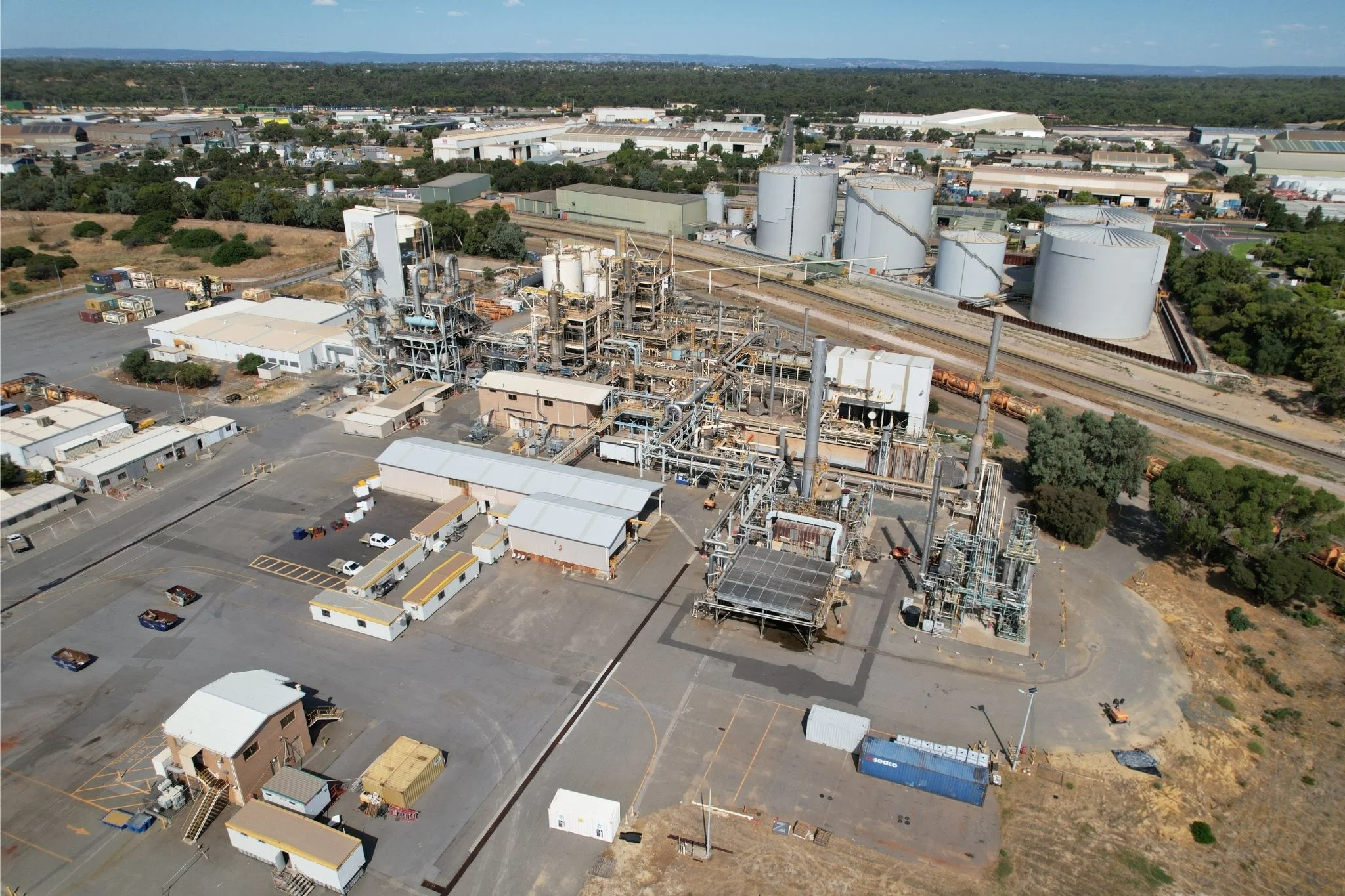
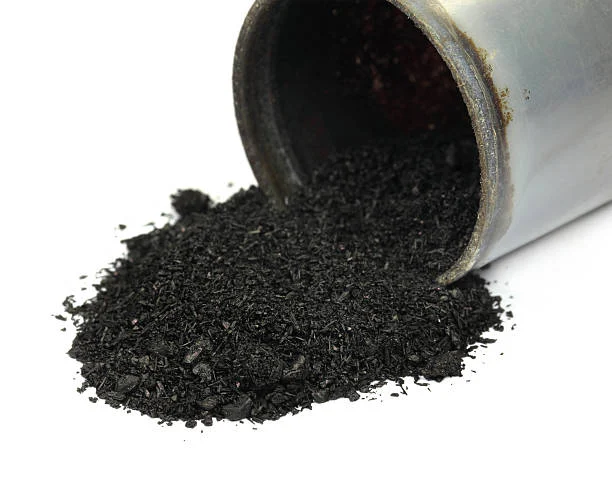
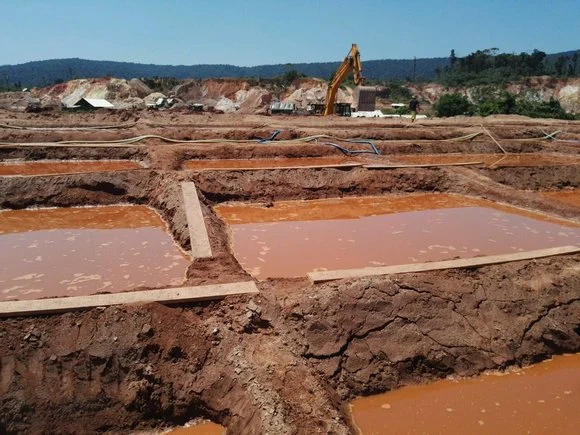
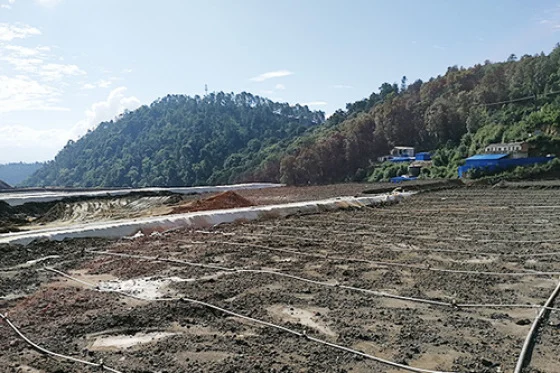


Leave a message with your needs or comments
Add comment: